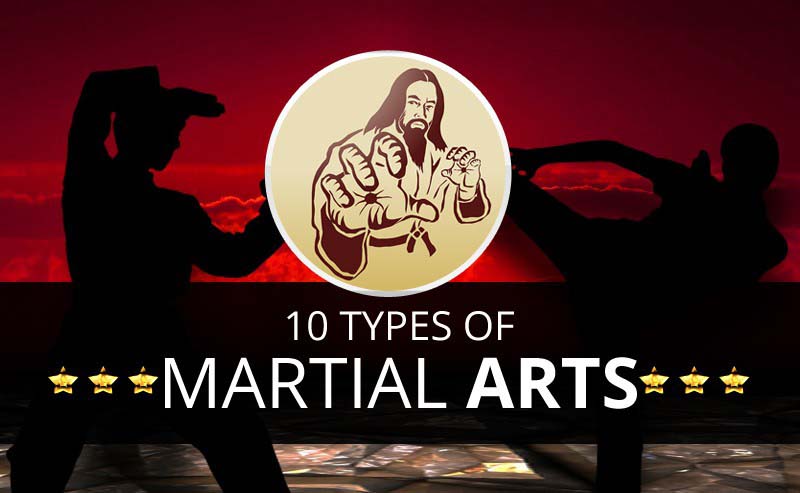The Development And Historical Context Of Martial Arts Worldwide
The Development And Historical Context Of Martial Arts Worldwide
Blog Article
Material Writer-Winkler Fallon
Martial arts have an interesting background that extends centuries and continents. You could locate it intriguing exactly how ancient methods like Shuai Jiao and Kalaripayattu prepared for modern fight strategies. These disciplines not just emphasize physical abilities but also show the cultures that birthed them. As you discover their development, take into consideration how globalization has transformed these conventional kinds into crossbreed styles. What influences do you believe have shaped today's martial arts landscape?
Ancient Martial arts: The Structures of Battle
As you look into the world of ancient martial arts, you'll discover the abundant structures that shaped combat strategies throughout societies. Early practices focused on Self-Defense and survival, often incorporating strikes, hurting, and weaponry.
In old China, for example, methods like Shuai Jiao stressed tosses and joint locks, while India's Kalaripayattu showcased dexterity and liquid movement. Check This Out created Kenjutsu, a polished swordsmanship that highlighted self-control and strategy.
These martial arts served not just for fight however additionally as a means of personal growth, instilling values like respect and determination. find out here mixing of these methods with time prepared for the diverse martial arts you see today, each mirroring the one-of-a-kind approaches and needs of its society.
The Cultural Influence on Martial Arts Growth
While martial arts commonly show the functional demands of a culture, they likewise symbolize the cultural worths and beliefs of their origins. When you discover various martial arts, you'll see just how they're influenced by religion, viewpoint, and social norms.
As an example, the focus on regard and technique in Japanese martial arts comes from Zen Buddhism and samurai society. On the other hand, Brazilian Jiu-Jitsu advertises adaptability and strategy, formed by the requirement for effectiveness in a varied, multicultural environment.
You might discover that the rituals, attires, and training techniques reflect a community's background and identity. By recognizing these social impacts, you grow your gratitude of martial arts and their role in shaping human experiences across the globe.
Modern Adaptations and the Globalization of Martial arts
Martial arts have actually transformed substantially in recent years, adjusting to contemporary society and global impacts. You'll notice that standard types have blended with modern strategies, producing hybrid styles like MMA. These adjustments satisfy diverse audiences, making martial arts available and enticing worldwide.
With the increase of social media sites and electronic platforms, you can discover tutorials and competitions from all edges of the world, damaging geographical barriers. This globalization has caused a shared appreciation for different self-controls, from Brazilian Jiu-Jitsu to Taekwondo.
As you engage with these arts, you'll recognize they're not nearly combat; they promote physical fitness, self-control, and psychological wellness.
Inevitably, modern-day adaptations have actually improved the martial arts landscape, making it a vibrant and evolving technique.
Final thought
In exploring the background and evolution of martial arts, you uncover an interesting mix of techniques, cultures, and ideologies. From old disciplines like Shuai Jiao and Kalaripayattu to the modern-day flexibility seen in mixed martial arts, martial arts show mankind's pursuit for Self-Defense and individual growth. As you involve with these methods, you not just obtain skills however also a much deeper appreciation for the varied customs that form our world today. So, continue your journey and welcome the art of fight!
